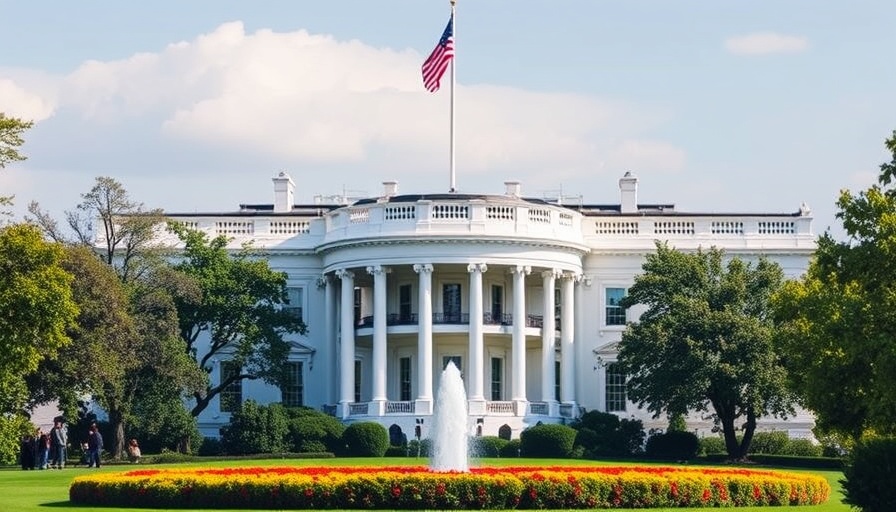
The End of Student Loan Payment Pause: What It Means for Maryland Borrowers
The Biden administration has made a significant decision that will affect millions of Americans burdened by student debt, including those right here in Maryland. Starting May 5, 2025, around 5 million borrowers with defaulted student loans will need to resume payments, marking an end to the extended pause that began during the pandemic. This change signifies a larger policy shift regarding student debt management, which could have far-reaching consequences for many Maryland residents who are already experiencing strained financial situations.
Understanding the Shift: Consequences of Defaulting
The end of the payment pause means that borrowers who have defaulted on their loans face the possibility of severe consequences if they do not take action. The collection efforts will resume, putting individuals at risk of wage garnishment, seizure of tax refunds, and withholding of Social Security benefits. In a time of rising costs and economic uncertainty, this news can be quite daunting for many.
Current Challenges for Student Borrowers
Maryland is not an exception to the broader trends in student debt. Average college costs have soared, making it increasingly challenging for students and graduates to manage their financial obligations. In 2024 alone, total student loan debt reached over $1.6 trillion, reflecting a staggering 42% increase from just a decade ago. This data highlights the ongoing struggles many borrowers are facing in our state and beyond.
Options Available for Defaulted Borrowers
Fortunately, there are pathways available for those in default to regain control of their financial situations. It is crucial for borrowers to contact their loan servicers and discuss their unique circumstances. One option includes loan rehabilitation, allowing borrowers to make a series of agreed-upon payments to bring their loans back into good standing. This path not only provides relief from the immediate threat of collection actions but can also lead to access to favorable repayment plans based on income.
Proactive Measures to Take Before May 5
As the deadline approaches, those in default should prioritize taking the following actions:
Check Loan Status: Log into StudentAid.gov or contact your loan servicer to understand your current status.
Prepare Documentation: Collect relevant financial documents that outline your income and expenses, which can be helpful in discussions with your servicer.
Explore Rehabilitation Options: Speak with your loan servicer to understand all available options for getting your loans out of default.
Taking these proactive steps is essential for mitigating the severe repercussions that can arise from defaulted loans.
Future Financial Health: The Importance of Knowledge
For Maryland residents concerned about their student debt, knowledge and preparedness are critical in navigating this evolving landscape. Understanding the implications of the forthcoming policy changes can empower borrowers to make decisions that prevent further financial hardship. Education on available resources, such as income-driven repayment plans, can provide significant relief, ensuring individuals can work toward improving their financial wellness.
Student debt is not just a personal issue; it is intertwined with broader economic concerns affecting many in Maryland. By actively engaging with their loan servicers and exploring repayment options, borrowers can chart a path toward financial stability.
Join the Conversation and Take Action
If you or someone you know is impacted by student loans, it’s time to act. Reach out to your loan servicer today to discuss your options, and don’t hesitate to seek out financial counseling resources available in Maryland. The road to recovery begins with awareness and action.
 Add Row
Add Row 
 Add Element
Add Element 


Write A Comment